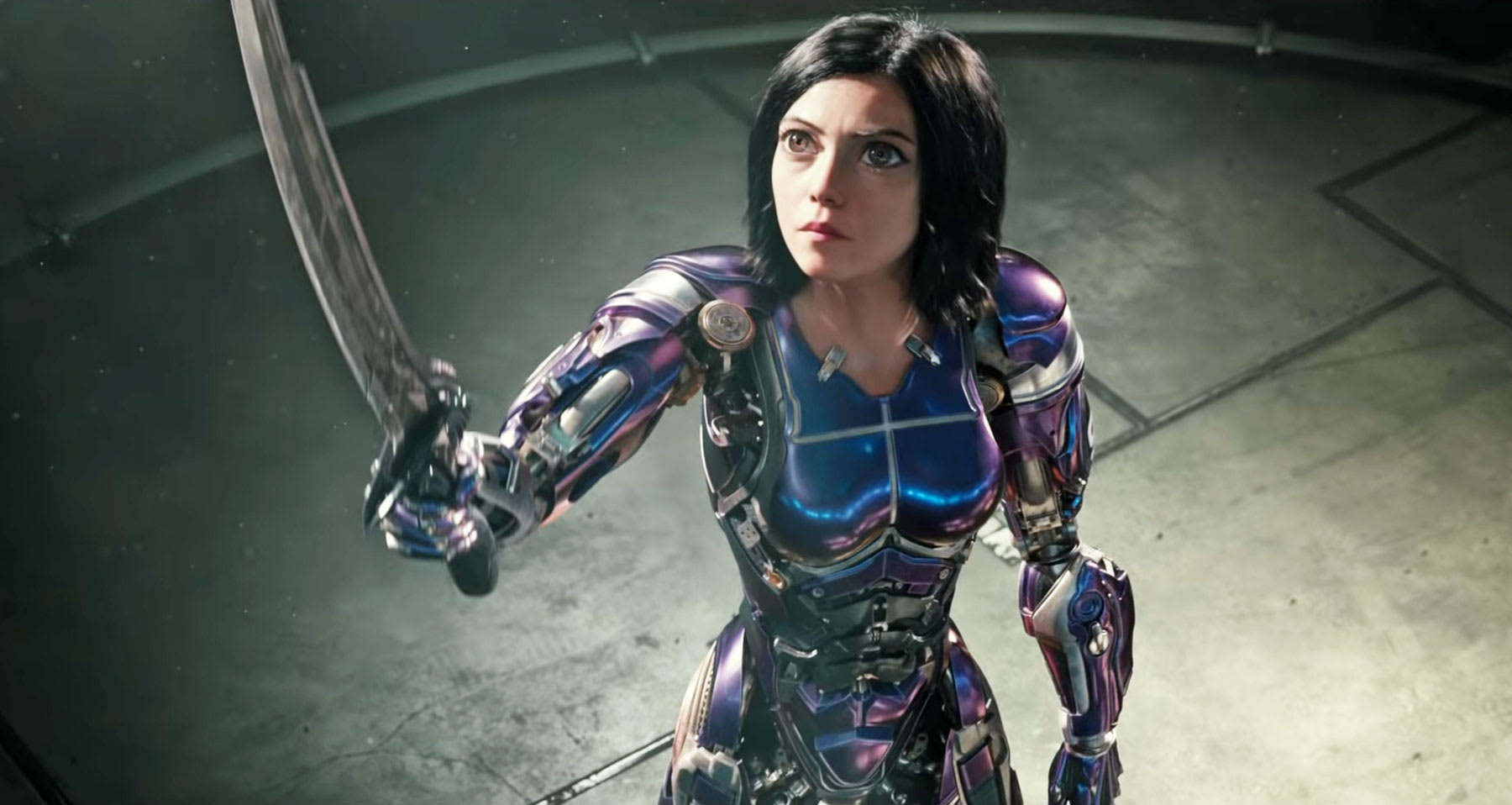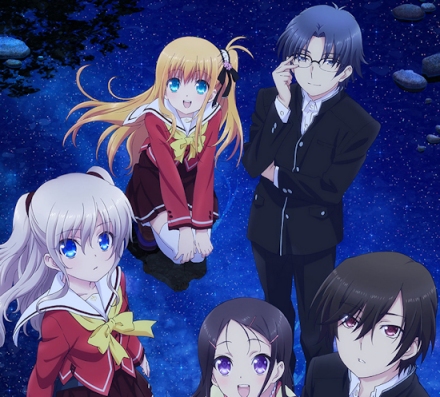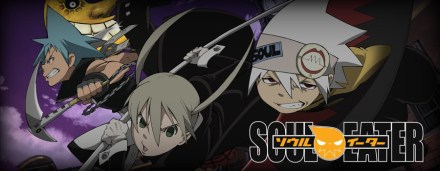A brief spoiler-free review of the 2019 American cyberpunk action film “Alita: Battle Angel,” produced by 20th Century Fox, written by James Cameron and Laeta Kalogridis, directed by Robert Rodriguez, and based on the 1990s manga “Battle Angel Alita” (or “Gunmn” in Japan) by Yukito Kishiro.

After the Fall: An Origin Story
Still recovering from a catastrophic war referred to as “The Fall,” humanity remains determined to eke out a living on a devastated Earth in the year 2563. While scavenging the junkyard metropolis of Iron City, Dr. Dyson Ido, a renowned cyborg scientist, stumbles across a disembodied female cyborg—human brain still fully intact. Taking the remains back to his lab, Ido rebuilds the cyborg and gives her a name: “Alita.”
Although she has no recollections of her past, she is able to create new memories thanks to the doc’s healing hands. She eventually meets Hugo, a teenage boy who dreams of one day moving up to the wealthy city in the sky, Zalem. He introduces her to the competitive, cutthroat sport of Motorball, an every-man-for-himself race where cyborgs fight to the death for a chance at ascending to Zalem if victorious.
But sinister connections tie even the friendliest faces to the shadows, and as Alita quickly comes to realize that there’s no force more powerful than the game, the titular cyborg sets out to learn about her past to save the ones she loves most in the present.

Alita: Battle Angel may be my first introduction to this much beloved franchise, but man, what solid footing director Robert Rodriguez and writer James Cameron provide for this classic origin story. Going in blind, I can already tell you that the franchise is worth the investment. This live action film, albeit a bit fast-paced, serves as a fantastic place to start if picking up four volumes of the manga just isn’t an option for whatever reason.
Admittedly, there’s some cheesy villain dialogue that sours the seriousness at times, and while I wish these lines weren’t delivered with such blatant “evilness,” the script actually feels more anime because of it. Critics may have blasted the script and the plot for their lack of ingenuity, but I—and most audiences, apparently—seemed to enjoy it regardless. Alita‘s wild betrayals and reveals may come as a shock to some; others may have seen the twists from a mile away. But if you still enjoy the story, that’s all that matters. To quote Dr. Ido:
“But that’s just a shell. It’s neither bad nor good. That part’s up to you.”
Surprisingly, the film contains includes a decent amount humor to remind you that Alita is—as much cyberization and machine-slaughter as the plot contains—a very human story. Although the environment is both visually and aesthetically astounding to take in, it’s the characters of Alita that make this powerful story of purpose and destiny resonate with newcomers and longtime fans alike.
Alita, An All-or-Nothing Gal
From design to personality, I fell in love with Alita the moment I first saw her in the promotional trailers months back. I knew she’d be your typical brave girl fighting against the system character, but I wasn’t expecting her to be the feisty rascal kind—a delightful surprise. Brazen and bold, the girl is drawn to danger like a moth to a lamp. It’s always all or nothing with her, and Alita’s rebellious free-spirited nature makes her a refreshing heroine to cheer for—even if her recklessness tosses her down the rabbit hole more than a few times.
Did I mention that Rosa Salazar is freakin’ OUTSTANDING as the titular role? Cause she’s absolutely phenomenal, able to communicate to the audience that she struggles with fighting this world’s injustice, but is always eager to learn something new. Salazar’s gradual transformation from fluffy, chocolate-loving teenager to hardcore warrior is impressive to behold. Every second Salazar is on screen feels genuine. Through this loss of innocence, she doesn’t let the emotions hold back (even during the tender moments). If she induces a tear in your eye as you watch, I’m not sorry. She’s that awesome.
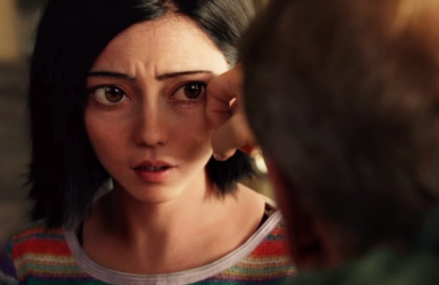
The rest of the cast deserves a round of applause too, especially Christoph Waltz’s portrayal of Dr. Ido for making him this benevolent yet fascinating foster figure. What a dad. (And bless his aide, Gerhad, whose mere presence provides enough support for Alita.) The same glowing things could be said about Keean Johnson’s semi-dreamy Hugo, the junk dealer.
As for the villains, Mahershala Ali’s acting is perfect for the intimidating “king” of Iron City, Vector, but his character’s status(es) needed stronger clarification, as I didn’t even realize what his roles were until halfway into the film. Same for Jennifer Connelly’s Dr. Chiren, a somewhat frustrating character given her circumstantial duality.
And NO, the large CG-altered eyes don’t detract from the narrative one bit. After five minutes, they just became part of her charm, and I didn’t even realize it afterwards.

Motorball & The World Below
Between the numerous sci-fi action sequences and the stunningly brutal sport of Motorball, Alita is a visual feast. Whether fighting in back-alley slums, the dark sewers below, or on the exhilarating race track surrounded by stadium lights and roaring cheers, there’s never a dull moment in this film. And Motorball though, WOW, one of the franchise’s biggest spectacles is brought to life through stellar visual effects and cyborg goodness to make any sci-fi junkie drool just watching.
Alita also does something really neat with visual lighting. The film begins in the rustic, sunlit scrapyard, which transitions to an even brighter, cheerier atmosphere when Alita meets Hugo. But when rain begins to fall, the dark and dreary cityscape—lit only by holographic street signs and neon lights—emphasizes the literal night journey Alita embarks on. Once she uncovers the truth, light returns as she confronts Vector and his pawn Grewishka to finally deliver justice.
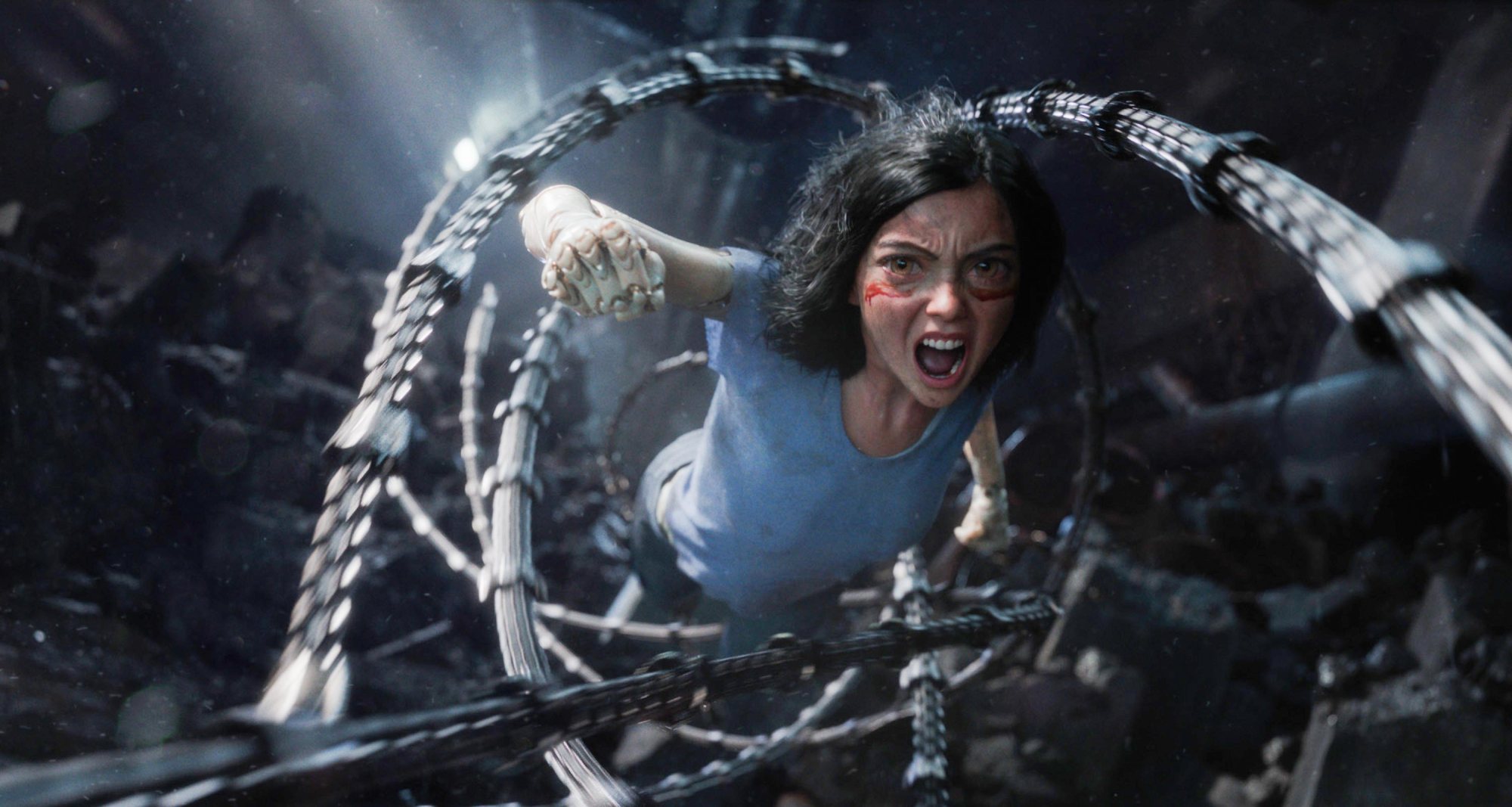
From the intricate and gorgeous detailing of Alita’s cybernetic body to the remarkably thrilling fights, the attention to detail in crafting this postwar cyberpunk world is on a level of its own. If this isn’t a faithful adaptation of the manga, I cannot even begin to imagine what greatness Yukito Kishiro’s original story contains.
No great sci-fi movie is complete without an equally epic score, to which Tom Holkenborg overwhelmingly pulls through. Between the strong symphonic opening in “Discovery” and “Motorball” busting through the gates with its powerful rhythmic tribal drumming, the harmonic balance between strings and dubstep is just right. For the credits, Dua Lipa’s “Swan Song” also ties in well as a piece addressing social injustice and change. Thank god for Apple Music, because I’ll be listening to this soundtrack for weeks to come.

But Will it be Enough?
With so many moments where you just want to pump your fists in the air and cheer, Alita does everything it needs to do to be a great movie. Gripping, emotional, heartfelt even, but will it be enough? Will this be the last we hear of Alita and company on U.S. theater screens, or will Rodriguez and Cameron’s efforts be enough to finally end the trend of live-action anime adaptations being one-off movies?
Either way, I support everything this film tried to accomplish and then some—heck, I went to the theaters twice, and totally would’ve gone a third if my schedule wasn’t so busy as is. Beyond the issues of faithful source reconstruction or the present lack of a thorough conclusion, all I wanted from Alita: Battle Angel was an entertaining film that holds on its own—and boy does Alita stand proud and tall.
![]()
I do not stand by in the presence of evil. — Alita
Afterword
Oh man, such a GOOD MOVIE my friends!! Job well done to the cast and crew for sure, as this is already a good contender for my favorite non-anime film of the year. Whether in theaters or on your home screen in the near future, I hope you got (or eventually get) a chance to watch it, cause Alita‘s not one to miss. They did this one right, holy shit.
I don’t really ever review live action films, but for Alita’s charm, I’ll make an exception. 2019’s Alita: Battle Angel is certified “Cake” here at the cafe, and should we ever see a sequel, there’s a solid chance I’d bump this one up to a “Caffe Mocha,” without a doubt! Guys, let me know your thoughts about this kickass LA-anime-done-right down in the comments, be it your praises or your criticisms, and until next time, this has been
– Takuto, your host


